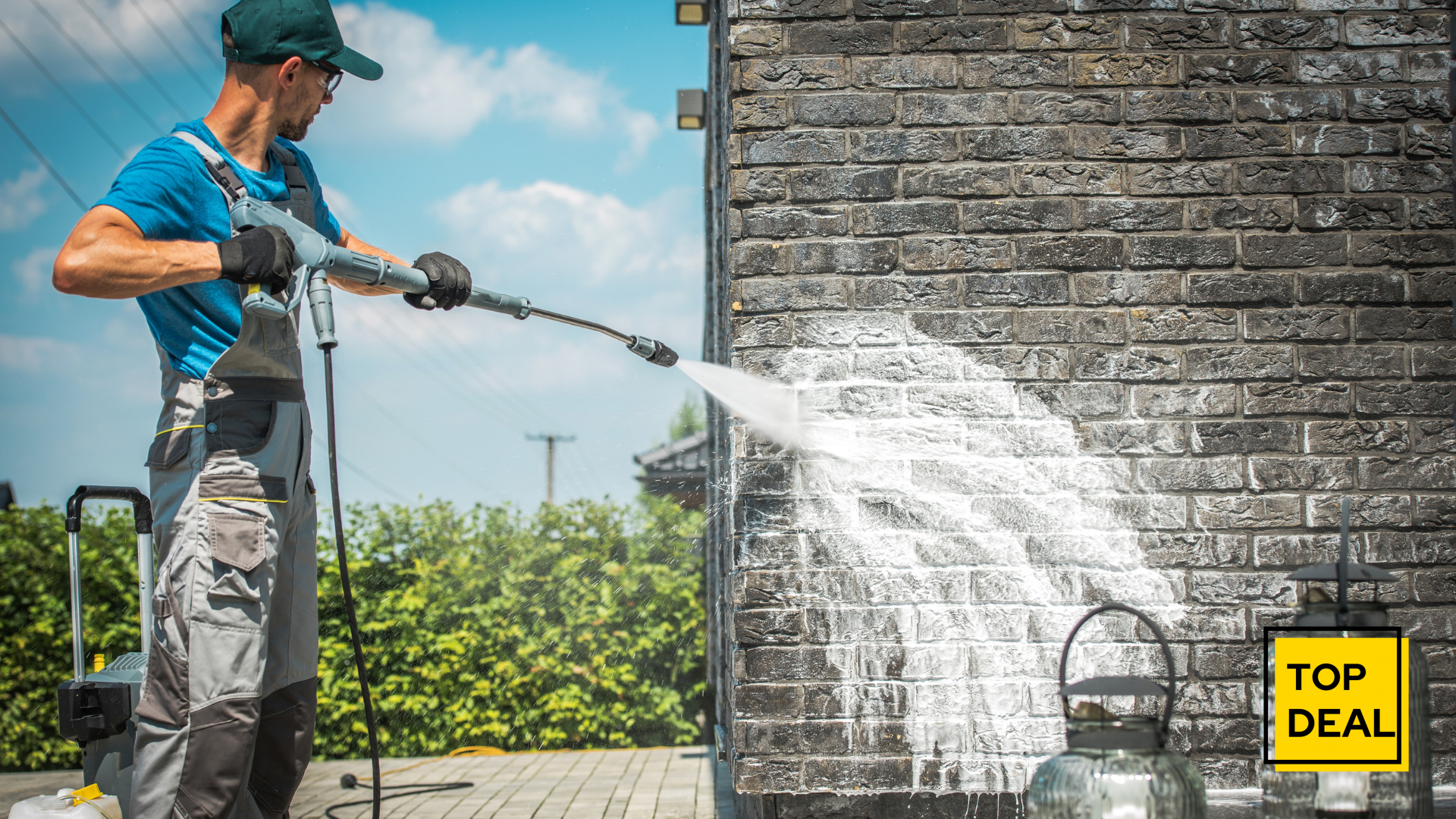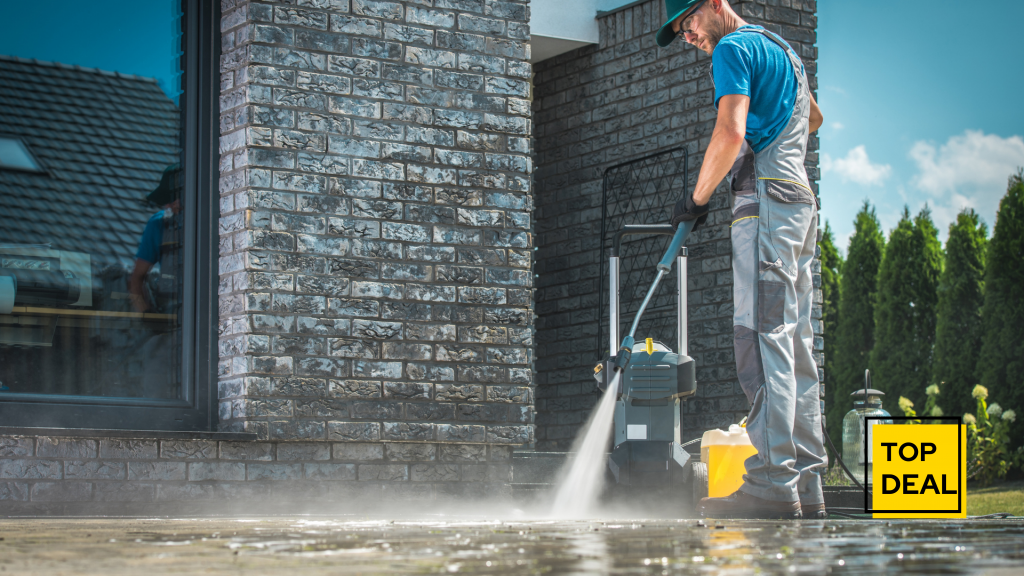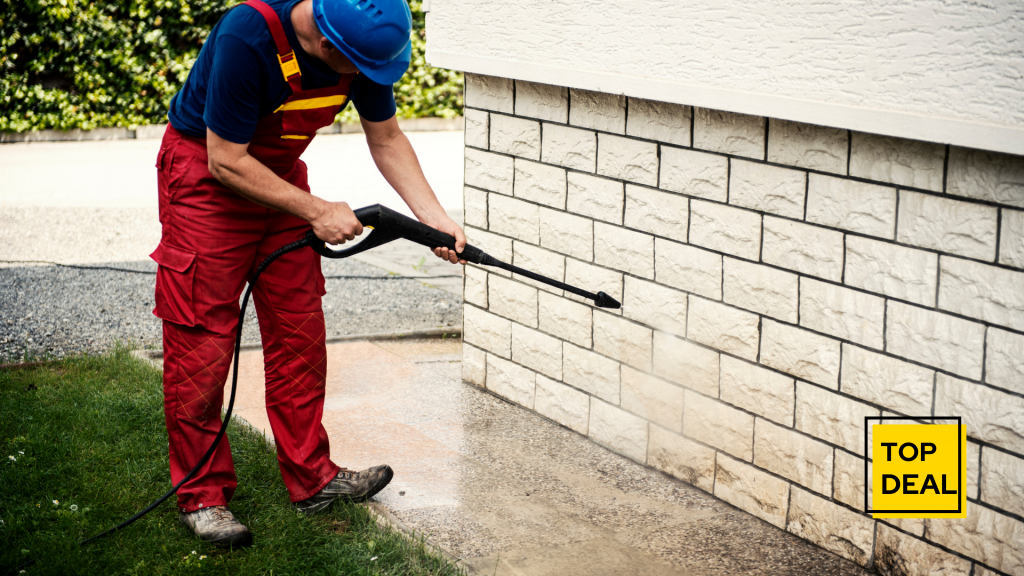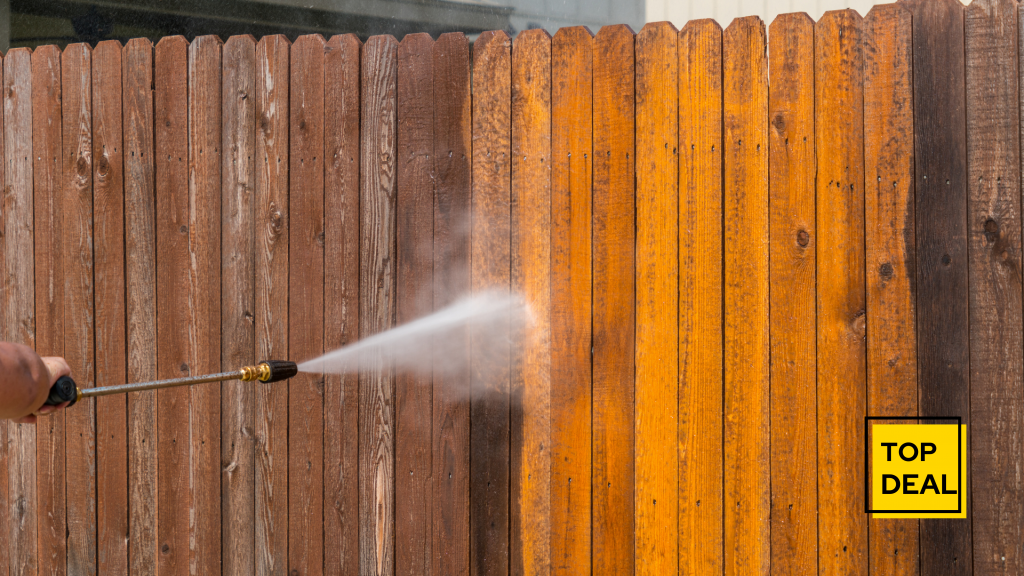
Pressure Washing: Important Things You Must Know
How does pressure washing differ from steam cleaning? When a building’s exterior is cleaned using a pressure washer, the water does not come into direct contact with or wash away any of the materials on the building – even if they’re painted – because only pressurized streams of clean water are used for cleaning purposes. Steam cleaning, however, uses hot water with high pressure to remove dirt and grime.
Steam cleaning is often preferred for larger buildings than for small, personal, or commercial use because of the cost factor. This is due to the fact that this technology requires more equipment and time than regular pressure washing techniques do.
Table of Contents
What is Pressure Washing?

Pressure washing is a method of cleaning surfaces quickly and efficiently. This process only requires water and a pressurized washer, which can be used to remove paint, mold, and mildew from building exteriors and many other types of surfaces.
What does it take to become a pressure washing expert? There are no formal education requirements for those who want to learn how to become professional pressure cleaners. However, courses in chemistry, as well as advanced mathematics, may provide the knowledge necessary to read blueprints or technical drawings that will allow you to determine the correct power washer nozzle for your job as well as the correct amount of water flow needed. Some employers require instructors who have training certification from OSHA (Occupational Safety & Health Administration) or ICC (International Code Council).
How does pressure washing differ from steam cleaning? To clean the exterior of a building, for example, water is pressurized by the machine into a nozzle. The force then pushes dirt and grime away from the surfaces at an elevated temperature. Steam cleaners use high-pressure hot water to remove dirt and grime with an actual stream of soapy water.
What are some advantages to using pressure wash equipment?
The pressure washer is useful in removing heavy grease, oil stains, or paint on nearly any surface without having to resort to chemicals that could harm the environment. Using only water; there’s no need for detergents or other submersible substances necessary when cleaning small personal items like cars or boats. This lessens the risk of getting chemical incompatibilities when cleaning certain surfaces.
It’s a fast and safe way to get rid of dirt, mold, and mildew from outdoor walls. It is also an eco-friendly way to clean surfaces that may be sensitive to chemical cleaning solutions.
Is pressure washing dangerous?

As with any type of pressure washer, there is always a risk that the equipment may explode or cause injury to the operator if it’s used incorrectly. The force created by water forced through the nozzle at high speeds can be hazardous in itself. If you attempted to remove paint from drywall using your bare hands, for example, the water pressure could bounce back and potentially cause injury to you or damage to nearby objects.
What are some dangers when cleaning mold? When cleaning mold growths on walls, for instance, wear long-sleeved shirts and pants along with eye protection because mold can burn skin instantly upon contact. Also, wear latex gloves while working in order to prevent spores from getting into cuts or scrapes that could result in infection at a later time.
If you’re cleaning mold and mildew from a brick or stone exterior, be careful to avoid causing any chipping or flaking. Also, keep in mind that the force used to remove dirt and grime could potentially cause damage to these types of surfaces even if they’re painted.
Conclusion
Pressure washing is a safe and inexpensive way to remove dirt, grime, mildew, or paint from most types of surfaces. It’s one of the best ways to clean brick, stone, concrete, metal, or wood exteriors without resorting to chemical solutions that could potentially damage these materials. Although the equipment is available in handheld models for small jobs like cleaning patio furniture or cars; many professionals opt for larger commercial-grade machines that create more pressure at faster speeds for extensive work like commercial buildings and homes.
Although there are no formal educational requirements necessary for learning how to become a professional pressure washer; courses in chemistry, as well as advanced mathematics, may be required in order to read blueprints or technical drawings.


